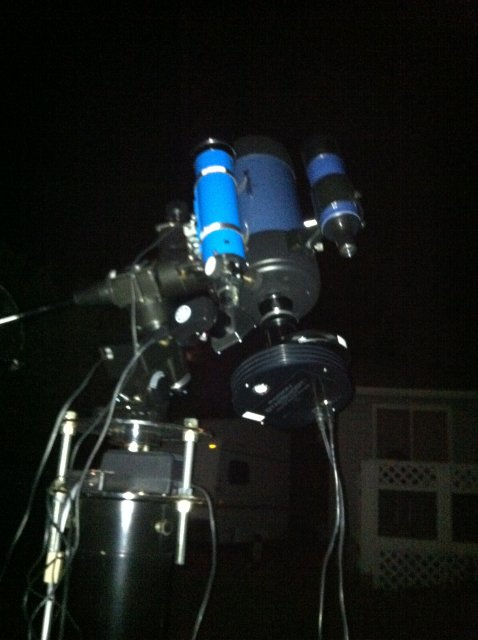
The pier is in my back yard which is not the most ideal location as I live in the suburbs of Calgary and the light pollution is hideous. That being said the nearest darker sky is about a 45 minute drive away and better dark skies 90 minutes or farther away. Seen in the image are the 60mm refractor which I use as a guide scope. This is an old Tasco refractor I received as a gift from my parents back when I was 12 or so. It's been modified to accept standard 1.25" eyepieces and in this image has a Meade LPI "webcam" type images in the eyepiece holder. The LPI was attached to a computer which then used the LPI to track a guide star to compensate for the inaccuracies in the mount's drive.
Behind the guide scope is the main telescope, in this case a 127mm Maksutov Cassegrain telescope. Attached to this is the imager I use, an Orion StarShoot III Monochrome Deep Space Imager. Between the telescope and the imager is a filter magazine which allows me to change the filters that provide the brightness and colour information for the images. This imager is attached to a second computer which controls it.
Sticking off the top of the main telescope is a smaller finder telescope (50mm) which helps aim the main telescope.
Now on to the images. Each of the images below are made up of 12 images (three each of luminance, red, green and blue through a separate filter for each L, R, G and B) of one minute each that have been stacked to produce an effective exposure of three minutes. The difference in each photo is that in some the luminance channel was replaced by a filter that only sees the oxygen and hydrogen of the nebula (OIII and H-beta) and some the blue channel was replaced with the same filter.
Image 1:
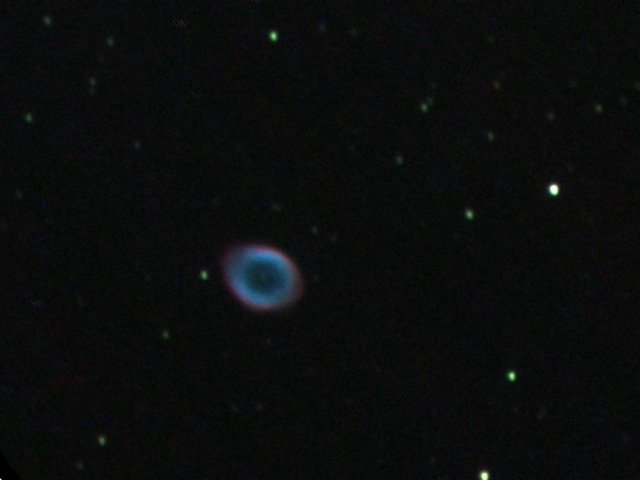
Image 2:
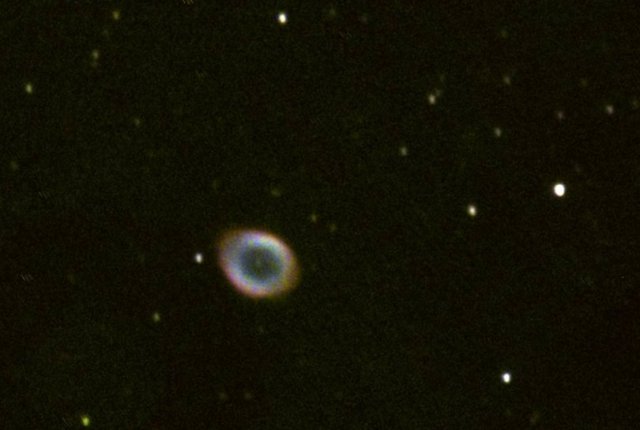
Image 3:
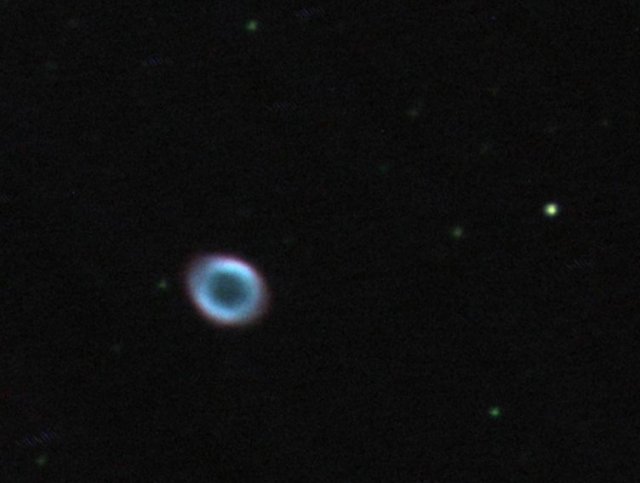
Image 4:
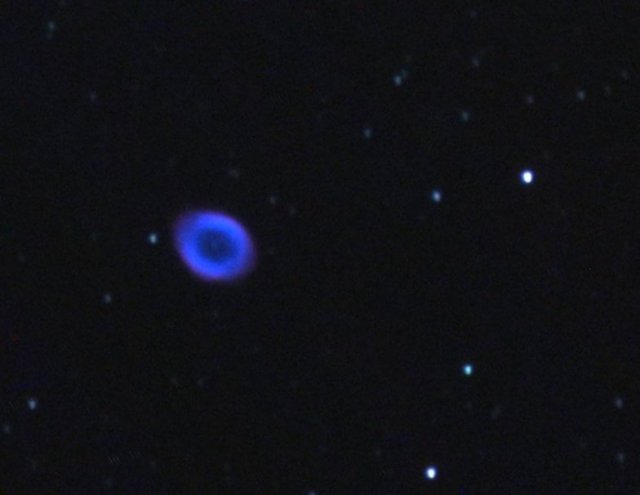
Image5:
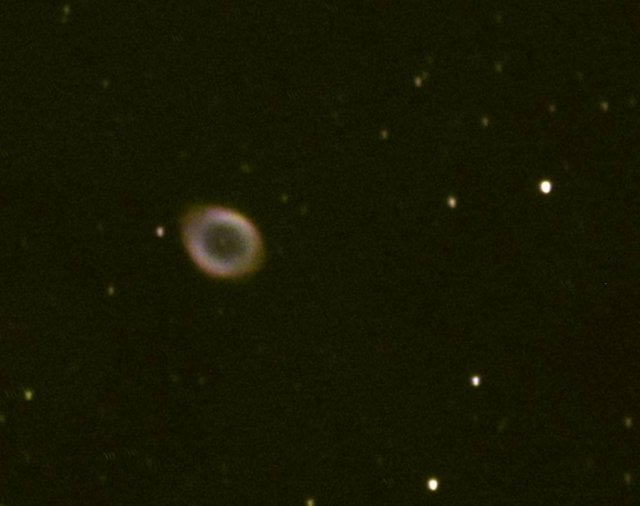
I have set up a poll to let you vote on your favourite image. It is on the right sidebar of this blog (you may have to click on the Homepage link at the top of this page to see the poll).
As can be seen, the change of the filters can have a pronounced effect on the final colour of the image. If it clears up I'm probably going to take some more astrophotos, of different subjects and now with a functional auto-guider I will be able to go quite deep by stacking. Some more late nights at the telescope ahead!